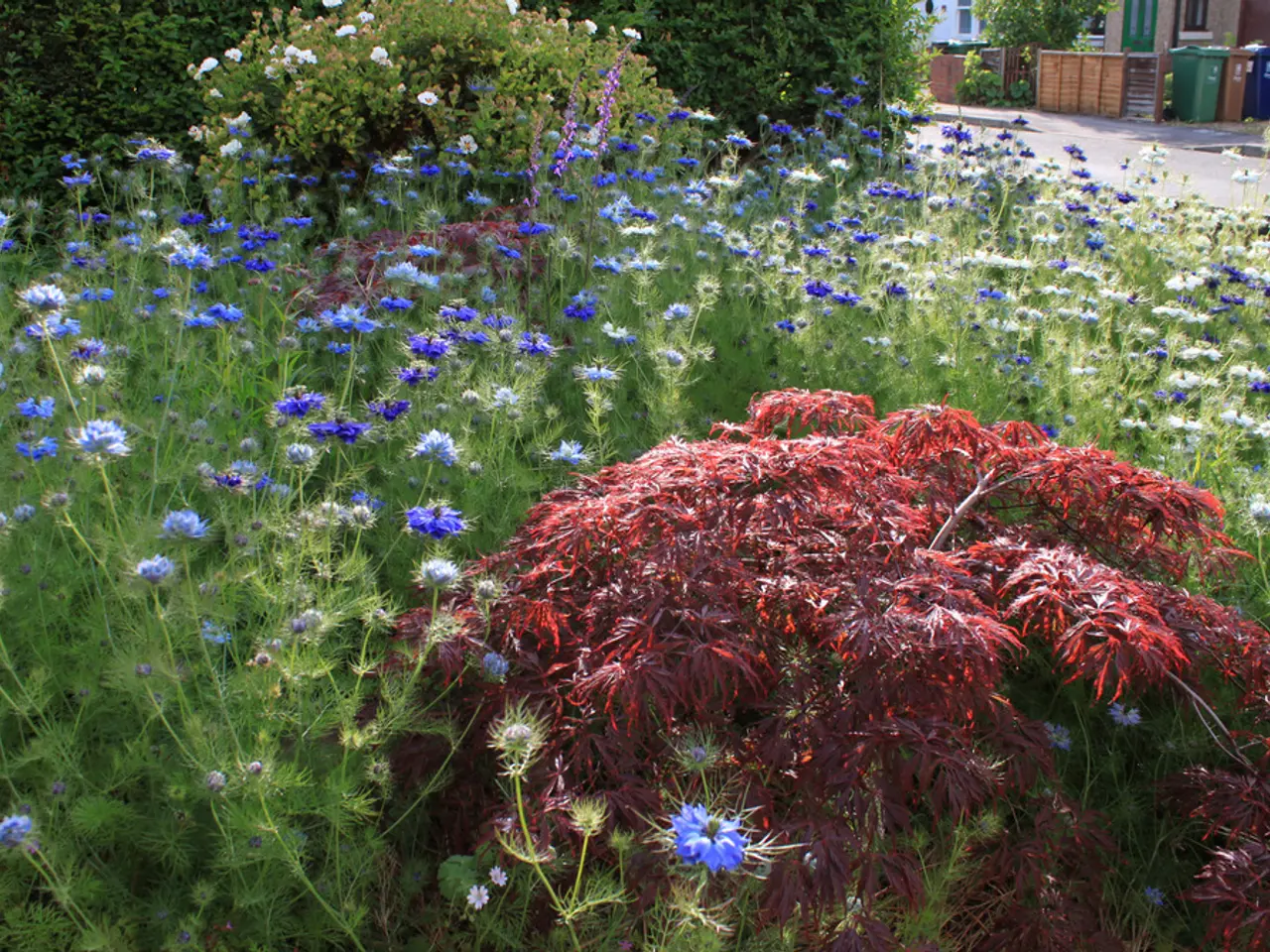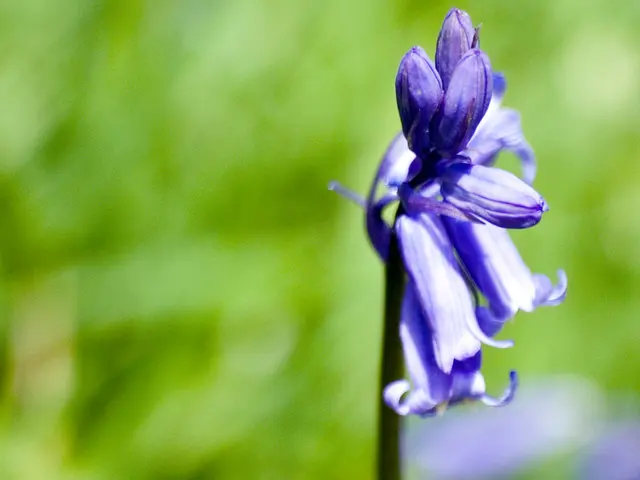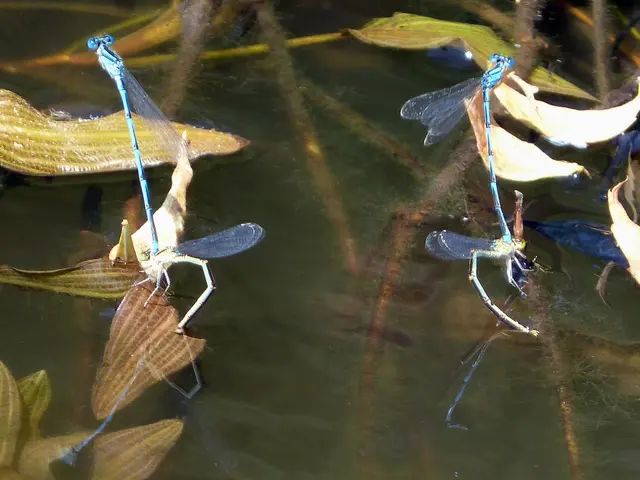Hiding Bin Arrangements in Front Yards - A Design Expert Reveals Tips for Masking Unsightly Containers
========================================================================
Transforming your front garden into a visually appealing space can be a challenge, especially when it comes to hiding unsightly bins. Here are some creative solutions and practical tips to help you achieve a clean and chic look.
A hedge or feature shrub can serve as a softer alternative to a fence for hiding bins, offering a natural screen that blends seamlessly with your garden. Evergreen hedges such as Cedars, Junipers, and Laurels work well for year-round coverage.
Wood screening fences are a popular choice for hiding bins effectively. They should be tall enough (about 48" or more) to fully conceal the bins and match the existing perimeter fences for a cohesive look.
Freestanding walls made of materials that complement your house (stone, brick) can enclose bins beautifully while creating a courtyard feel. You can personalize these with features like address numbers for an integrated design.
Vertical planting, such as attaching trellises or planters with climbers (e.g., jasmine, clematis), can soften fences and add greenery, which helps distract from bulky bins when paired with other screens.
DIY wooden fences or screens, including pallet privacy screens, are affordable, customizable options that can boost curb appeal and provide full enclosure or partial screening depending on your needs.
Bin enclosures, small sheds, or hidden storage solutions can be used to keep bins at bay when not in use. These enclosures can also help deter wildlife from accessing the bins.
It's important to ensure that the screening structure fully covers the bins' height and leaves enough space in front for complementary garden plants. Always check local building codes or homeowners association rules before installing fences or walls to ensure compliance with height and placement regulations.
In summary, combining tall wood fences or freestanding walls with complementary planting like evergreen hedges or climbing plants offers a chic and effective way to hide front garden bins, while DIY wooden screening solutions provide budget-friendly alternatives.
Trent Brown, the Founder of Ground Break Design and Author of Amazon's Bestseller "Taking Your Yard from Overwhelm to Oasis", developed the OASIS Method, a unique approach to design that focuses on understanding each client's needs.
Jordan Clough of Richardson & Associates Landscape Architecture, with over a decade of experience in the field, is known for his artistic bent, knowledge of native plant ecology, and concern for the environment. At R&A, Jordan focuses on creating customized, functional outdoor experiences for his clients via detailed execution and a deep understanding of construction.
[1] [Link to source 1] [2] [Link to source 2] [3] [Link to source 3] [4] [Link to source 4] [5] [Link to source 5]
- Trends in garden design, such as vertical planting and the use of Art and Color in landscaping, are gaining popularity, with artists like Trent Brown developing methods like the OASIS Method for personalized and stylish outdoor spaces.
- Lifestyle choices, including adhering to eco-friendly Fashion-and-Beauty and sustainable Food-and-Drink practices, can also influence garden design through the selection of native plants and materials for gardens and outdoor furnishings.
- Home-and-Garden magazines and blogs often feature designers like Jordan Clough from Richardson & Associates, who incorporate elements like freestanding walls and creative planting solutions to create unique and functional spaces for their clients, following the principles of art and design in achieving a chic and welcoming look.




